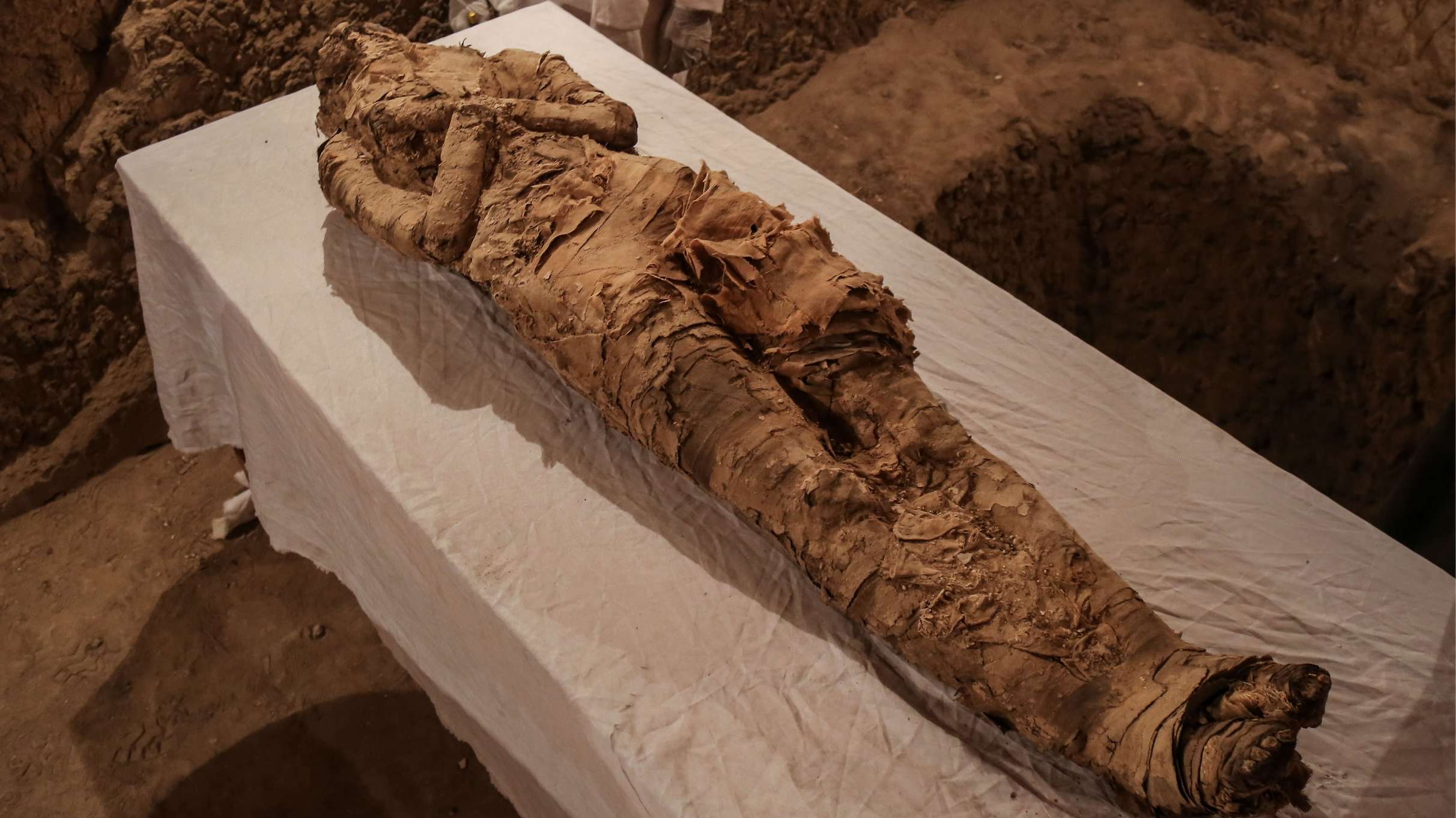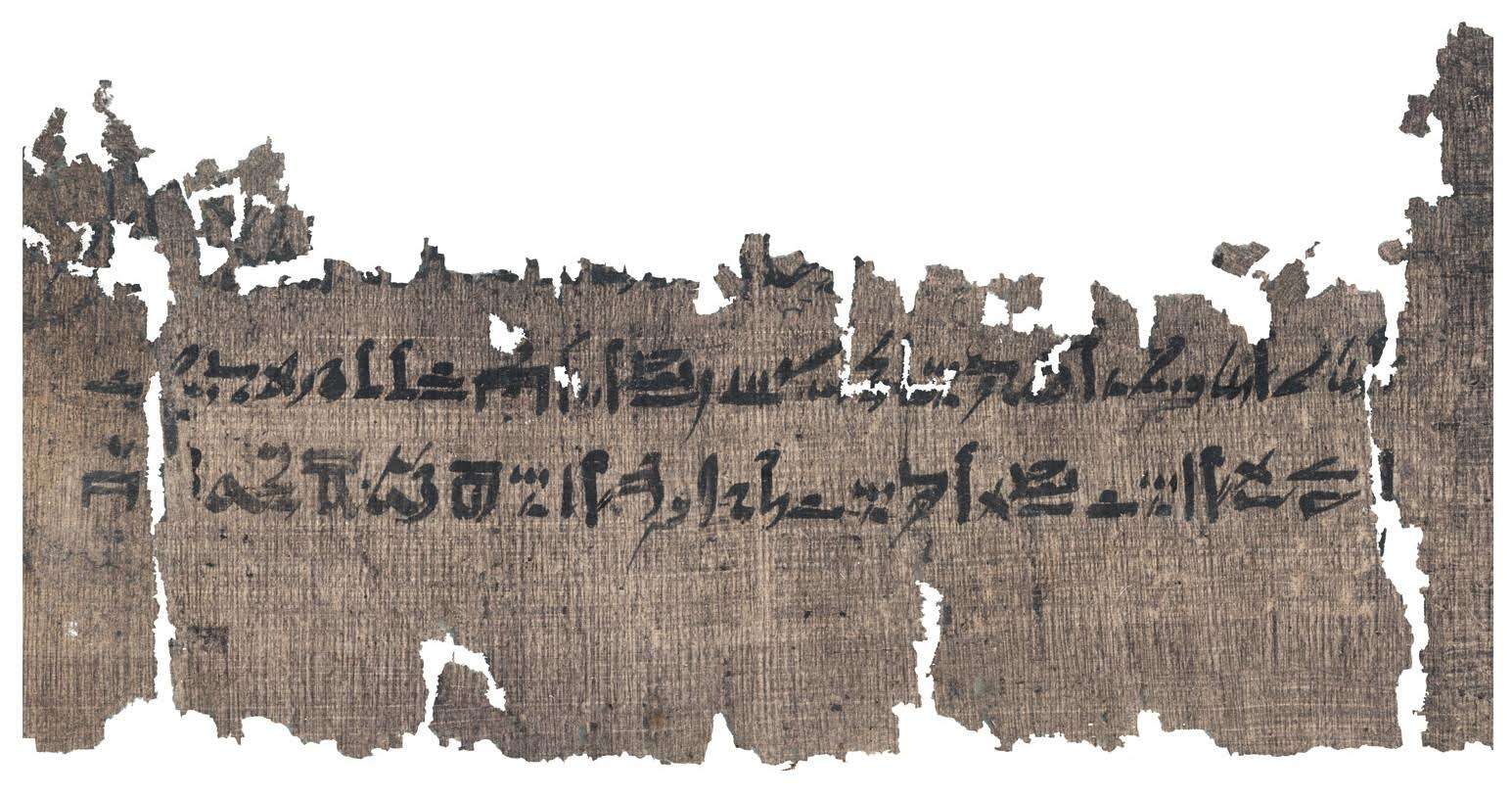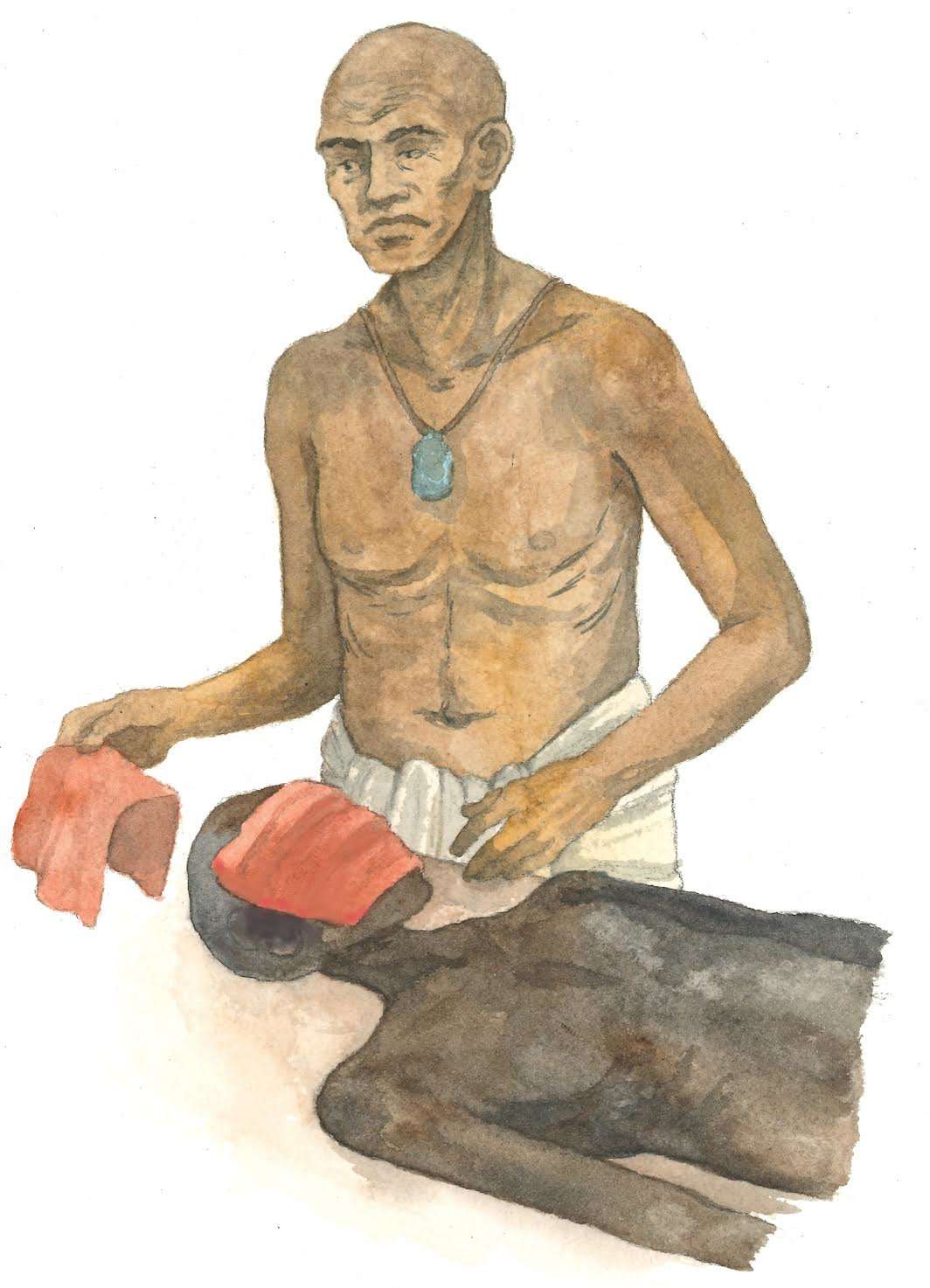Create a free profile to get unlimited access to exclusive videos, sweepstakes, and more!
3,500-year-old Egyptian medical book reveals unknown secrets of mummification

The ancient Egyptian art of embalming and preserving the dead in preparation for the afterlife is a meticulous medical process that still carries a certain air of mystery about it.
Even though the essential applications are mostly understood by archaeologists, doctors, and anthropologists, there remain many veiled layers to the entirety of the mummification practice.
Now a number of previously unknown medical details revolving around these ritualistic Egyptian burial practices have come to light with a newly-discovered text composed circa 1450 BCE. This 3,500-year-old papyrus contains many new answers about the mummification process that should allow scientists to fill in gaps in their evolving knowledge of the subject.
Found within a more extensive written record, this scroll document is being edited by Egyptologist Sofie Schiød at the University of Copenhagen and it appears to be the oldest mummification manual ever.
Apparently, the relic went unnoticed for years due to its being part of the famous Papyrus Louvre-Carlsberg, which is a document written near the year 1450 BCE in the reign of the 18th Dynasty's Thutmoses III. It's considered to be the second largest medical papyrus ever unearthed and focuses mostly on medicinal herbs and skin diseases, not predominantly anything relating to mummies... or so scholars once thought.
In preparing a corpse for basic mummification, priests carefully began by first purifying the body and removing all internal organs including the brain, which were placed in special stone jars that were buried with the mummy.
Next, the body was stuffed with select spices and embalmed over a period of 70 days. For the next month, it was packed in powdered natron, which is a natural blend of sodium carbonate decahydrate, sodium bicarbonate, sodium chloride, and sodium sulfate that works to leech water and moisture from the corpse.
Finally, the body was wrapped in gum-covered linen bandages to repel water and deliver anti-microbial safety, and after one last round of funeral rites and observances, the cadaver was given to its family for a proper burial.
Since sacred skills like mummification were often passed down though generations of priests via word of mouth and apprenticeships, there are many unanswered questions that continue to puzzle researchers. Before this Copenhagen study, only two mummification manuals were even thought to exist.
However, neither contained the intriguing details as this new text, which predates the others by more than a thousand years and offers material on 17 ritualistic processions conducted every four days during mummification. Recipes for how to use different types of bandages were also deciphered, as well as information on the placing of a red linen cloth over the deceased person's face.
"One of the exciting new pieces of information the text provides us with concerns the procedure for embalming the dead person’s face," says Schiødt in the University's official press release. "We get a list of ingredients for a remedy consisting largely of plant-based aromatic substances and binders that are cooked into a liquid, with which the embalmers coat a piece of red linen. The red linen is then applied to the dead person’s face in order to encase it in a protective cocoon of fragrant and anti-bacterial matter. This process was repeated at four-day intervals."
Schiødt and her colleagues will continue to study this revealing ancient document to glean more secrets from its text. Once completed, the papyrus is expected be published in 2022 by the Louvre Museum and the Papyrus Carlsberg Collection.
















